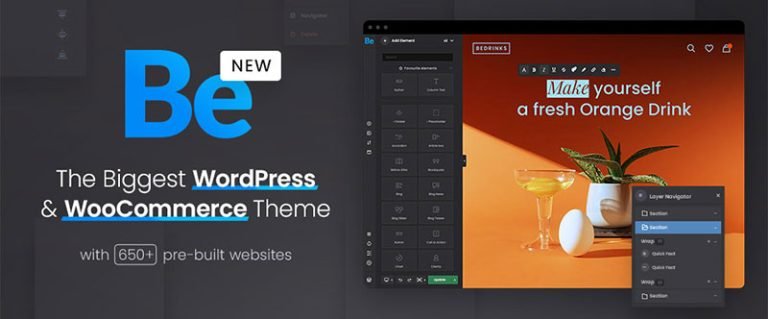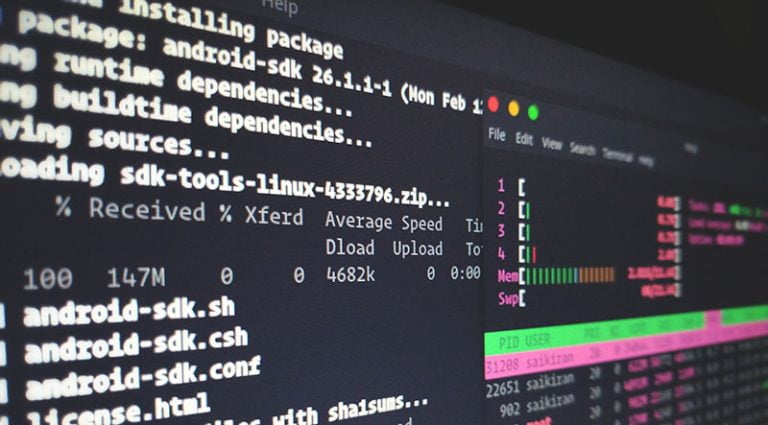
In the modern world that we live in, barcodes are ubiquitous. You can spot a barcode on almost every item you purchase from a grocery store to a book you read. Barcodes help efficient information transmission, save time, and keep errors at bay. Since they encode information in machine-readable formats, they also reduce the need for manual data entry, reducing manual efforts. While traditional laser-based barcode scanners have long been used for commercial purposes, they are now being replaced by 2D Imagers.
2D Imagers help convert mobile devices, such as smartphones, tablets, etc., into barcode scanners. Hence, no additional hardware is required to perform barcode scanning. But, the question is, how do you create a barcode scanning application for these mobile devices? There are two ways to do this: build an application from scratch or opt for a barcode scanner SDK to trim down the development time.
Before we discuss more on barcode scanner SDKs, let’s first go through the benefits of 2D Imagers over Laser-Based Barcode Scanners.
Benefits of 2D Imagers over Laser-Based Barcode Scanners
Table of Contents
There are various reasons why 2D Imagers are becoming more popular than laser-based barcode scanners. Most businesses are now opting for 2D Images because of their outstanding features.
- Scanning On the Go: Most laser-based barcode scanners are wired and do not let users perform barcode reading on the go. 2D Imagers, on the other hand, make use of mobile devices’ cameras and image processing techniques to allow users to scan barcodes anywhere, anytime.
- Support for Various Barcode Symbologies: Traditional laser-based barcode scanners can scan one-dimensional barcodes. Some updated ones can support 2-D barcode types, such as PDF417 codes. When it comes to 2D Imagers, they support all common barcode symbologies, from linear barcodes to 2D barcode types such as DotCodes, DataMatrix codes, Aztec codes, etc. This is another reason why 2D Imagers are gaining popularity over the years.
- Ability to Read Multiple Barcodes at Once: Laser-based handheld barcode scanners fail to read multiple barcodes simultaneously. Modern 2D Imagers are based on the latest technologies and can quickly scan a dozen barcodes in one pass. Hence, they are more suitable for inventory operations that involve scanning multiple barcodes in a single scan.
- Read Damaged Barcodes: Laser-based barcode scanners reflect laser light off of a barcode to decode the information it contains. These barcode scanners do not perform well in low light and cannot read damaged barcodes such as crumpled, torn, or incomplete. 2D Imagers employ image processing techniques to read all such challenging barcodes. As wrinkled barcodes are common in retail environments, 2D Imagers are set to replace the traditional ones.
- Decode Barcodes Off a Screen: When it comes to reading barcodes off a screen, laser-based barcode scanners do not perform well. 2D Imagers have the edge over their laser-based counterparts as they are effective in scanning barcodes on screens.
2D Imagers are also ideal for personal usage, such as making payments via QR codes or quickly accessing information. One can’t carry a handheld barcode scanner all the time for such purposes. Your smartphone or tablet is enough!
The Need for a Barcode Scanner SDK
If you do not have much time or a team to build a barcode scanner app from scratch, a barcode scanner SDK is all you need! Using a few lines of code, you can embed barcode reading functionality into a web, mobile, or desktop application. No need to spend days building the program for effective barcode reading!
The market is filled with multiple vendors that offer all sorts of barcode scanning SDKs. Hence, the selection process can get tricky and overwhelming for some. But, there are a few parameters that you can consider to choose the one ideal for your business.
What Features to Consider in a Barcode Scanner SDK?
Go through the following features to choose the best barcode scanner SDK for your business.
- Simplified Integration Process: Integrating a barcode scanner SDK into a mobile or web app should be easy. It shouldn’t include complex codes and multiple steps to add barcode reading capability into a new or existing mobile app. Hence, choose the one that offers a simplified integration process.
- Exceptional Speed: Speed is critical for most operations such as inventory management, retail, logistics, etc. Hence, you cannot compromise by choosing a slow barcode reader SDK. Leading vendors offer solutions that can effortlessly scan over 500 barcodes in a minute. To leverage the benefits of barcode technology, you must choose a fast barcode scanner SDK.
- Platform Support: The platform support depends on what type of app you want to develop. Do you want to build a mobile app, a web app, or a desktop app? Once decided, check for the versions supported by the SDK and then make a decision.
- Supported Barcode Symbologies: Choose a barcode scanner SDK that supports multiple barcode symbologies, from 1-dimensional barcodes to 2-dimensional symbologies, such as PDF417 codes, MaxiCode, Aztec codes, DataMatrix codes, etc.
- Impressive Accuracy: Leading barcode reader SDK that uses commercial-grade barcode detection algorithms, camera-enhancing functionalities, and OCR functionalities. Choose a barcode scanner SDK that offers near 100% accuracy.
- Ability to Read Tough Barcodes in Challenging Environments: An ordinary barcode scanner may not support reading tough barcodes such as angled, skewed, distorted, incomplete, or blurred. Look for a robust barcode reader SDK that supports such barcodes in challenging environments.
- Customization Capabilities: Choose a barcode reader SDK that offers customization capabilities to suit your specific business requirements.
- Robust Technical Support: Opt for a vendor that offers powerful technical support to cater to all your queries. You may never know what issue you encounter while using the SDK or integrating. Hence, choose a vendor that’s known for good technical support services.
Conclusion
After going through these features, try before you buy to make an informed decision. You can compare multiple options and see which suits your business requirements best. Once you have done an in-depth analysis, finalize the most ideal option out of all.





